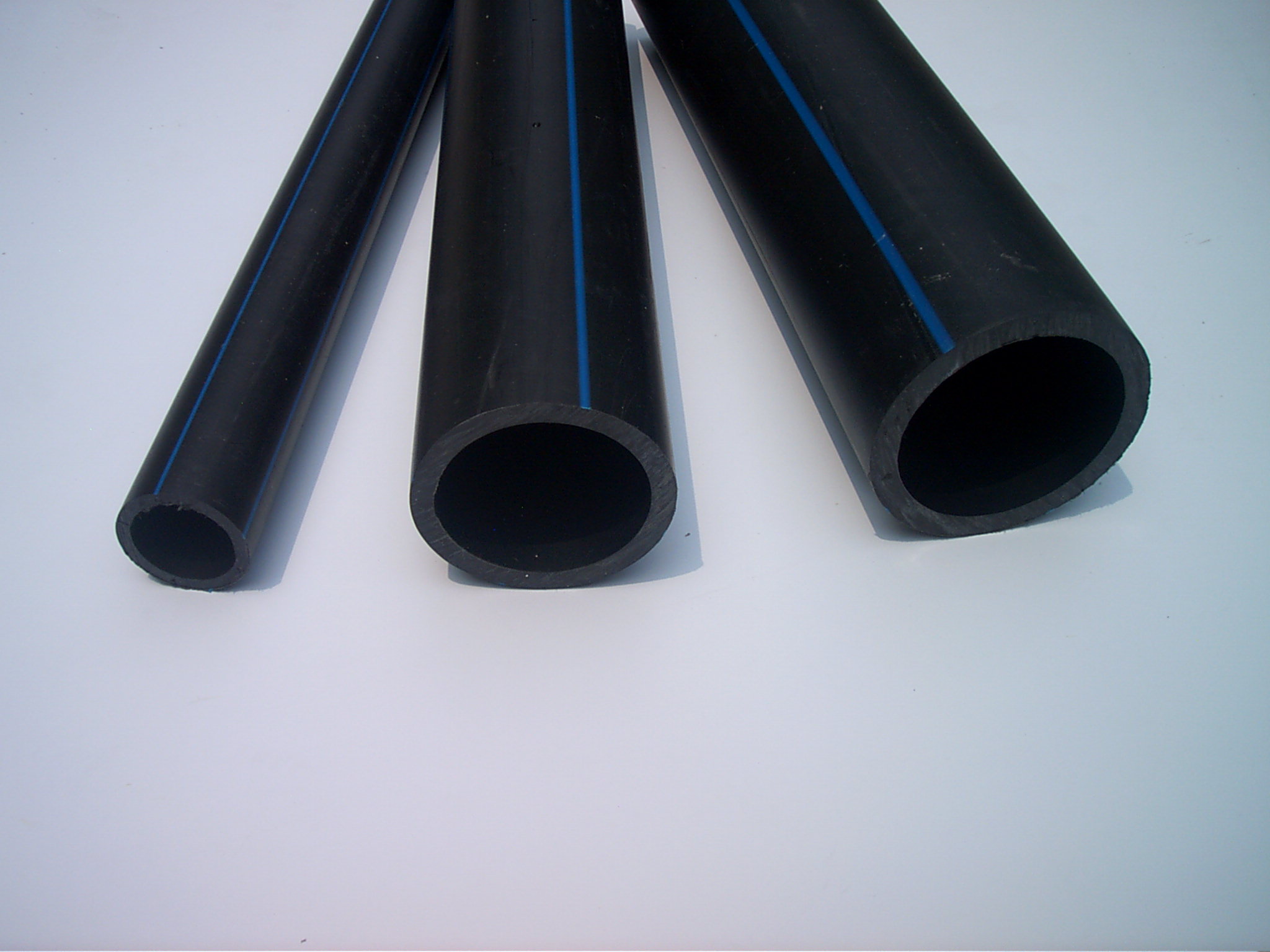Dec . 15, 2024 10:26 Back to list
Understanding PVC Pipe Couplings for Efficient Plumbing Solutions and Applications
Understanding PVC Pipe Couplings Key Components in Plumbing and Construction
PVC (polyvinyl chloride) pipe coupling serves as an essential component in the plumbing and construction industries. These fittings play a critical role in connecting pieces of pipe, ensuring a durable and leak-free join that can withstand various conditions. In this article, we will explore PVC pipe couplings, their types, applications, advantages, and installation techniques.
What is a PVC Pipe Coupling?
A PVC pipe coupling is a type of fitting used to connect two sections of PVC pipe. Couplings are available in various sizes and configurations to accommodate different plumbing needs. They can be used for both residential and commercial applications, facilitating the seamless flow of water, gas, or other substances through pipelines.
Types of PVC Pipe Couplings
1. Straight Couplings These are the most common type of PVC couplings, used to connect two pipes of the same diameter. Straight couplings allow for a continuous flow of liquids and gases between the two connected pipe segments.
2. Reducing Couplings These couplings are used to connect pipes of different diameters. They are especially useful when transitioning from a larger pipe to a smaller one, allowing for efficient flow and pressure management.
3. Elbow Couplings Used to change the direction of the pipe layout, elbow couplings come in various angles (most commonly 90 and 45 degrees). These fittings allow for versatile pipe arrangement in tight spaces, ensuring that the plumbing system remains functional and efficient.
4. Tee Couplings Tee couplings create a junction where three pipes meet, enabling a branch line to be connected to the main line. This type of coupling is useful in various plumbing scenarios, such as dividing water flow or adding new outlets.
5. Cap Couplings These fittings are used to seal the end of a pipe. Cap couplings are often employed in situations where a section of pipe is no longer in use or has yet to be installed, preventing dirt and debris from entering the system.
Applications of PVC Pipe Couplings
PVC pipe couplings are widely used in numerous applications, including
- Residential Plumbing They are essential in home plumbing systems for connecting pipes in water supply lines, drainage systems, and more.
- Irrigation Systems PVC couplings are commonly used in sprinkler and drip irrigation systems, effectively delivering water without leaks.
- Industrial Applications In factories and industrial settings, PVC couplings help connect pipes that transport chemicals, air, and other materials
.pvc pipe coupling

- HVAC Systems They are often used in heating, ventilation, and air conditioning systems to manage air flow and ductwork.
Advantages of PVC Pipe Couplings
1. Corrosion Resistance Unlike metal fittings, PVC couplings do not rust or corrode, making them ideal for a wide range of applications.
2. Lightweight and Easy to Handle PVC is significantly lighter than metal, simplifying transportation and installation.
3. Cost-Effective PVC pipe couplings are generally less expensive than their metal counterparts, making them an attractive option for budget-conscious projects.
4. Versatile Available in various sizes and types, PVC couplings can be used in a multitude of plumbing and construction applications.
5. Low Maintenance PVC systems require minimal upkeep, making them an ideal choice for long-term installations.
Installation Technique
Installing PVC pipe couplings is relatively straightforward and requires limited tools. Here are the basic steps
1. Prepare the Pipe Ends Cut the PVC pipes to the desired length with a pipe cutter or saw. Ensure that the edges are smooth to allow for a tight fit.
2. Apply Primer Use a PVC primer to prepare the surfaces of the pipes and the coupling. This helps the adhesive bond better.
3. Adhere with Cement Apply PVC cement to both the coupling and the pipe ends. Quickly push the pipes into the coupling, turning them slightly to ensure an even distribution of adhesive.
4. Hold in Place Maintain pressure for a few seconds to secure the fit before allowing it to cure as per the adhesive instructions.
Conclusion
PVC pipe couplings are indispensable in modern plumbing and construction, offering durability, versatility, and ease of installation. Whether for residential or industrial applications, understanding the various types and functions of these couplings can ensure a reliable and efficient piping system. With their many advantages, PVC couplings continue to be a popular choice among contractors and DIY enthusiasts alike.
-
Premium PVC Soft Sheets: Clear, Flexible & Durable
NewsAug.12,2025
-
Premium PVC Round Rods: Durable, Chemical Resistant, Easy to Machine
NewsAug.11,2025
-
PP U-channel: Chemical-Resistant, Lightweight & Durable
NewsAug.10,2025
-
Transparent PVC Pipe: Clear Flexible Tubing for Fluids
NewsAug.09,2025
-
Durable PP Rigid Sheet: Versatile & High-Quality Plastic Panels
NewsAug.08,2025
-
Premium Glossy PP Rigid Sheet – Durable & Versatile
NewsAug.07,2025

